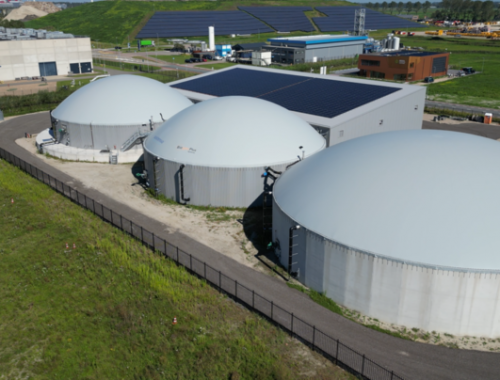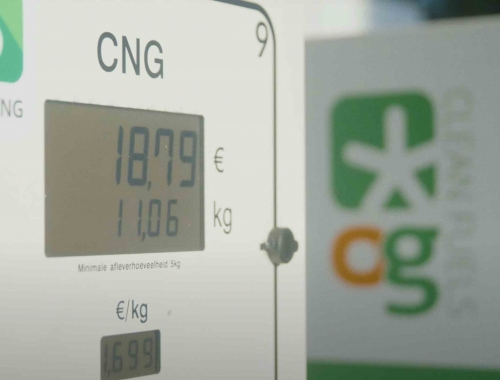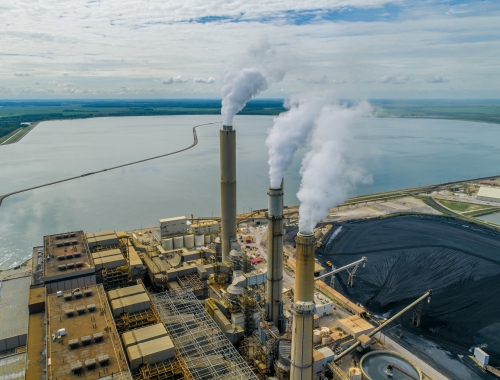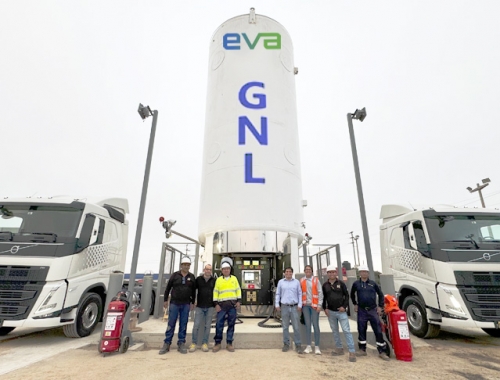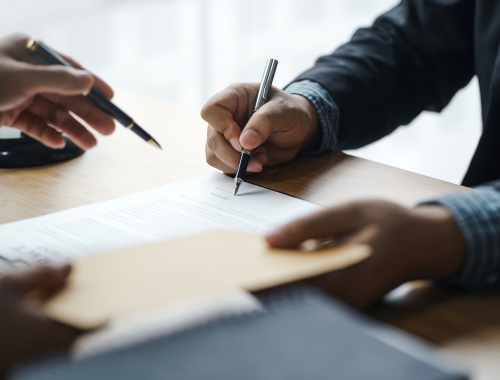DNV to support first testing of CO2 pipelines
SUMMARY
There are more than 4,800 km of pipelines in the south North Sea, of which 1,200 km are operated by Wintershall Noordzee.
By Joseph MurphyNorwegian classification society DNV said on November 30 it was involved in a project to test on a large scale how existing gas pipelines could be repurposed to carry CO2 for the first time.
DNV said it was working with Wintershall Noordzee, a joint venture between Russia's Gazprom and Germany's Wintershall Dea, and the OTH Regensburg University of Applied Sciences, to assess how pipelines in the south North Sea could be used to transport CO2.
The work involves the large-scale CO2 pipeline testing of running fracture in a submerged conditions, which DNV described as a world first for the energy industry. This will be compared with similar testing in open air conditions. Preliminary results show that running fracture in pipelines carrying CO2 can be arrested more easily in submersion.
“The need to transport CO2 is expected to increase significantly in the years to come as part of the widespread view that carbon capture and storage (CCS) is a viable means to reduce CO2 emissions," DNV said in a statement. "The opportunity, in this instance of repurposing existing subsea pipelines, is a good example of this."
There are more than 4,800 km of pipelines in the south North Sea, of which 1,200 km are operated by Wintershall Noordzee. Wintershall Dea announced in September it was exploring options for their conversion for CO2.
The German company also operates depleted reservoirs in the North Sea that could be used for CO2 storage. The Dutch North Sea alone could house 800mn metric tons of CO2 - equivalent to 30 years of emissions from industry in the Netherlands.
"Driven by net zero ambitions, we are seeing globally the drive from industry and governments to proceed with CCS, and all major routes to successfully decarbonise gas rely on the large-scale uptake of the technology," DNV said. "The ongoing testing, which is looking to ensure that the existing subsea infrastructure can be used safely in the future, is a vital step.”



